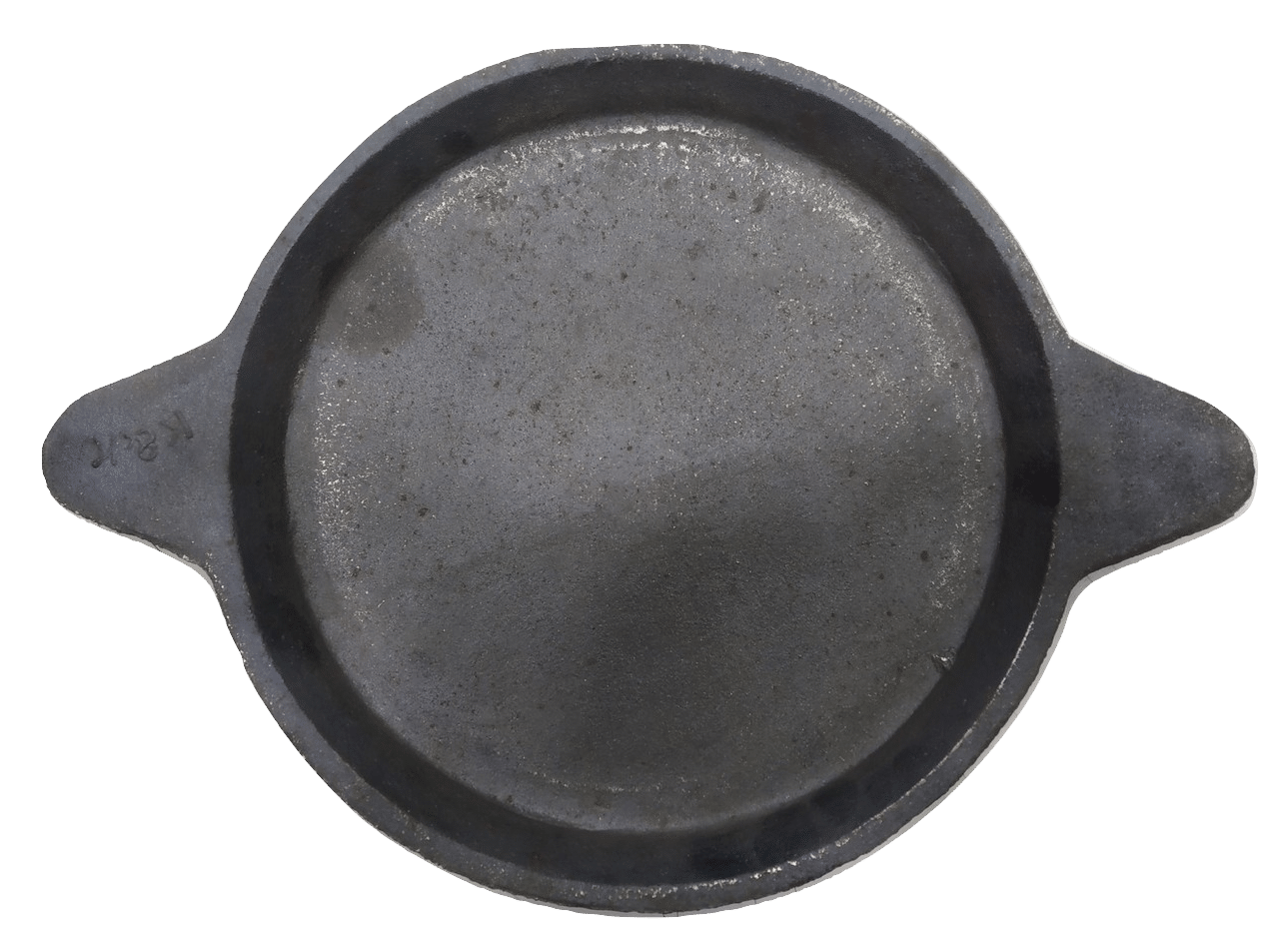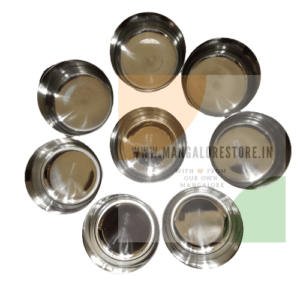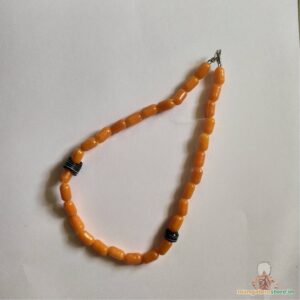Cast iron dosa tawa and cookware has been used in kitchens all over the world for centuries, and today, these trusty utensils are experiencing a resurgence in popularity. While cast iron isn’t suitable for every type of cooking, it’s great for preparing Indian foods like chapatis, parathas, dosa (especially Neer Dosa). If you’re interested in learning how to use or start seasoning your cast iron tawa, read on! You’ll soon be creating flavorful meals with ease!
What is Cast Iron Dosa Tawa?
A tawa is one of those kitchen gadgets you probably never gave much thought to until you started using it. Once you do start using it, though, and realize how versatile and durable it is, you’ll probably wish that every cook had one in their kitchen. A tawa is a large flat-bottom frying pan traditionally used in Indian cooking. It looks similar to a cast iron skillet but has a wider surface area and slightly higher walls; because of its sturdiness and ability to withstand high heat, most Indian kitchens will only have one or two dosa tawas and use it for a lifetime.
Why Use a Cast Iron Tawa?
We all know that we should switch from non-stick pans to healthier alternatives, such as cast iron. So why should you really use a cast iron tawa?
For starters, it can handle extreme heat and offers excellent cooking especially for South Indian food items. There are also environmental advantages: Traditional Teflon has a shelf life of a limited number of years; once a pan is no longer usable due to scratches or wear and tear, you have no choice but to throw it away. However, cast iron holds up well over time. If properly maintained, it will last forever. It’s also cheaper than Teflon, aluminum, or stainless steel frying pans over time. One more thing: The food tends to taste better too! A well-seasoned tawa fry is hard to beat.
In addition to these there are health benefits of cooking in iron pots and utensils as well. Research has shown that eating food prepared in iron utensils increased the hemoglobin concertation in iron deficient / anemic individuals. Read more about that here and here.
How do you season your Cast Iron Tawa (for first-timers)?
The first thing you’ll need to do before you start cooking with cast iron tawa is to season it. First, remove any residue from inside your tawa and wipe down its surface with a damp cloth. The cast iron tawa is coated with protective powder to avoid rust or damage while in the warehouse, sitting in the shop or during transit. Wiping with a damp cloth removes some of this powder.
Give it a nice wash with a generous amount of soap and warm water. Pat it dry with a cotton towel and let it dry completely.
Now immerse the tawa in the hot starchy water you get after cooking rice. Keep it immersed for three days, changing the water every day. At the end of the third day, wash it again with clean water and soap. Pat it dry with a cotton towel and let it dry completely.
Spray both sides lightly with vegetable oil and use paper towels or a clean rag to rub in any excess grease that may have accumulated in between crevices. Your iron tawa is now ready for use. The first few dosas may not come properly, but subsequently, you will get the crispy dosas. There are cast iron skillets, tawa and cookware that are available in the market that are pre seasoned. However after seasoning if they are not maintained properly and allowed to sit in the warehouse without using they may get rusted. Our tawas are not pre seasoned and hence reduce the risk of rusting or damage while in the godown or in transit.
How to clean and maintain the cast iron tawa?
To protect your cast iron tawa from rusting (and for easy cleanup), coat it liberally with oil before heating. For everyday use, heat your tawa over medium heat. Your stove’s temperature might be too low if food seems to be sticking or browning slowly. If that happens, turn up the flame accordingly. Do not use metal utensils when cooking on a tawa; always use wooden or silicone tools instead. After use, clean it thoroughly with water and mild dishwashing soap. Dry it properly with a clean kitchen towel and ensure no water is left out on the surface.
Restore the non-stick properties of the Tawa.
When a pan loses its non-stick properties, it can be pretty irritating, especially when you want to cook a quick meal for yourself. The good news is that there is a simple way in which you can restore your pan or tawa.
- Ensure you clean the tawa with water and mild dishwashing soap after use.
- Ensure there is no water leftover and dry it thoroughly.
- If the dosas are not coming out properly, then apply a good amount of oil and heat it on medium heat for a while.
Prevent and deal with rust on your cast iron dosa tawa.
While your cast iron tawa is seasoned, you’ll want to avoid using it with acidic ingredients like tomatoes or lemon juice. Wait until it’s seasoned before putting it through its paces. After that initial seasoning process, a little bit of scrubbing and a few scalding hot cycles will cure most rust issues. If your tawa starts rusting after seasoning, you can just clean off any loose rust particles by scrubbing them off with steel wool and then coat them lightly with oil. Just ensure to pat it dry with a cotton towel after you wash it with water and don’t let water stay on the surface.
Advantages of Cast iron over non-stick cookware.
| Cast Iron Cookware | Non-stick Cookware |
|---|---|
| Made with natural materials | Made with harmful chemicals |
| Retains heat for longer period, saves energy | Looses heat often and needs more energy |
| Cooked food safe with infused iron | Teflon coating may get mixed with the food |
| Lasts for a lifetime with proper care | Limited life, often for a few years only |
| Traditional and tasty food | Does not affect the taste of food |






